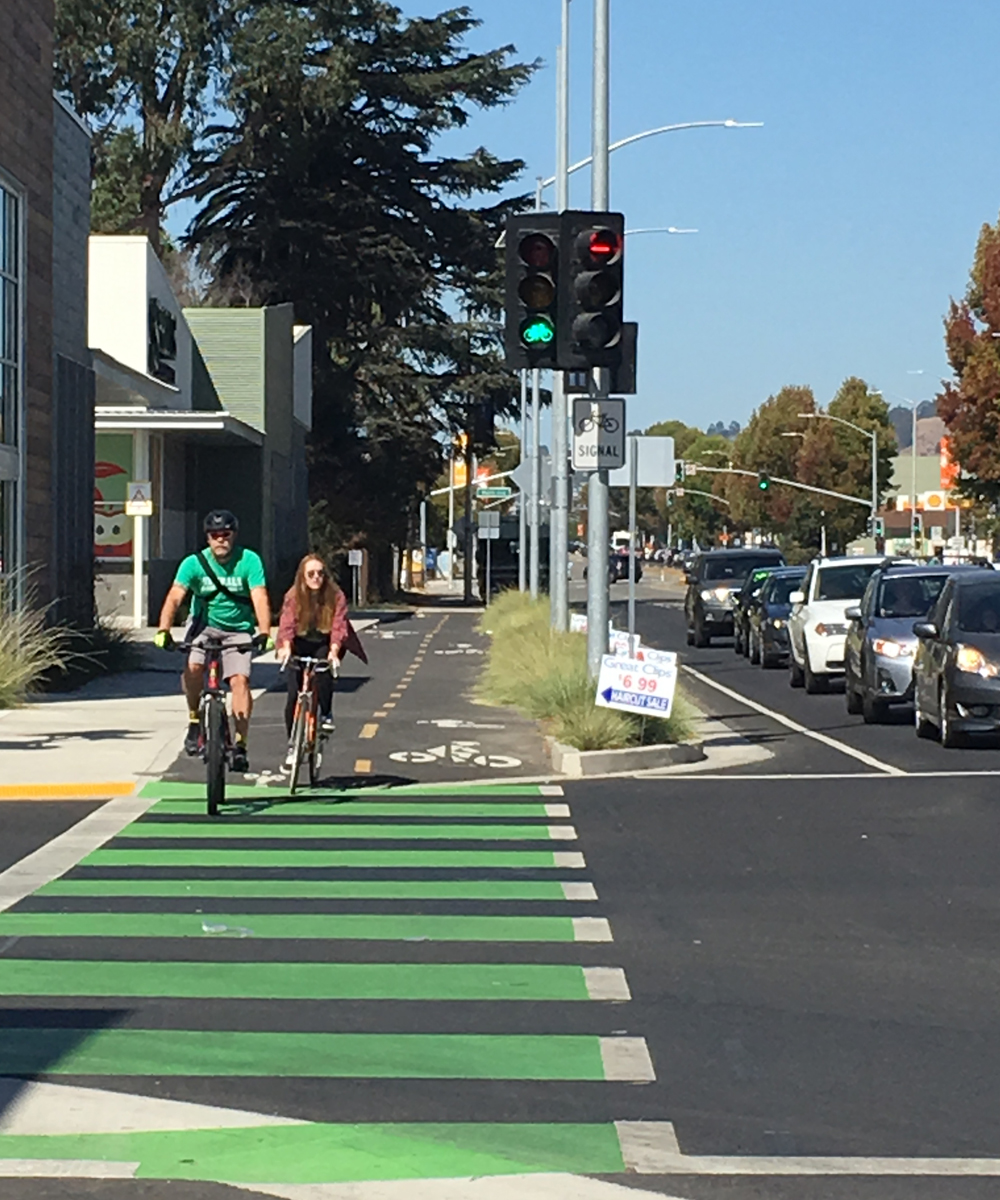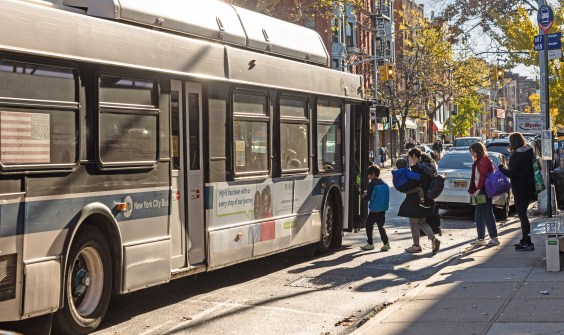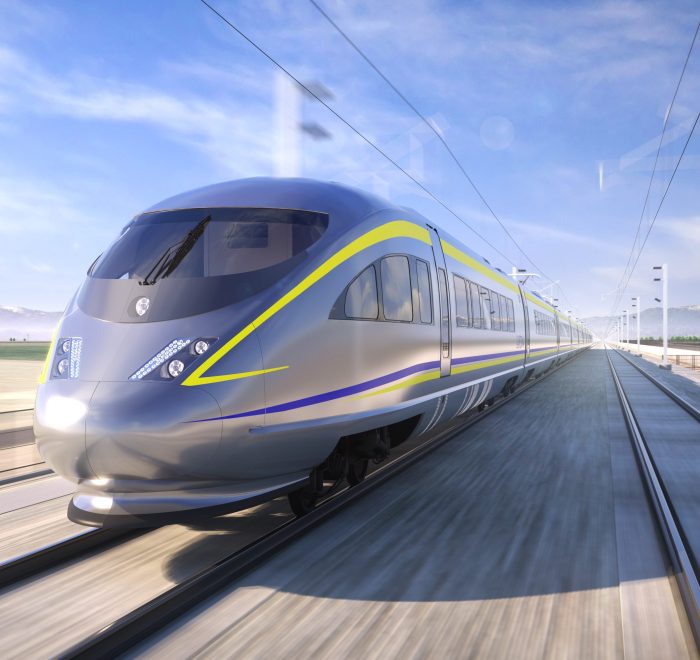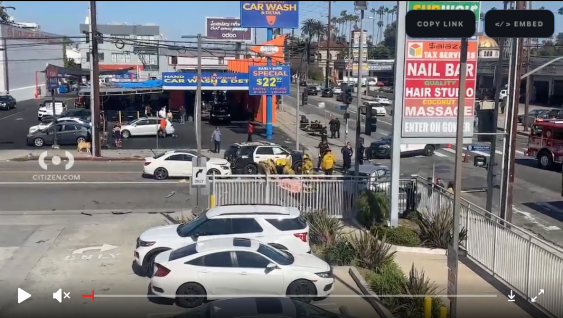Bike, Pedestrian, and Transit Projects Garner Top Engineering Awards

This short stretch of two-way protected bike lane in Albany won recognition from the American Council of Engineering Companies. Photo: Melanie Curry/Streetsblog
Stay in touch
Sign up for our free newsletter
More from Streetsblog California
Sudden State Funding Freeze Leaves Transit Agencies Hanging
Transit agencies were caught off guard by a 60-day funding freeze announced on the day they were expecting the allocations
Friday Video: How to Make Places Safe For Non-Drivers After Dark
A top Paris pedestrian planner, a leading GIS professional, and Streetsblog's own Kea Wilson weigh in on the roots of America's nighttime road safety crisis, and the strategies that can help end it.
Friday’s Headlines
Is your city safe for bicycling? Progress on CA high-speed rail; E-bikes are game changers; More
LAPD Was Crossing Against Red Light in Crash that Killed Pedestrian and Injured Six in Hollywood
The department says the officers had turned on their lights and sirens just before crossing. Their reasons for doing so remain unknown.
Wider Highways Don’t Solve Congestion. So Why Are We Still Knocking Down Homes for Them?
Highway expansion projects certainly qualify as projects for public use. But do they deliver a public benefit that justifies taking private property?




